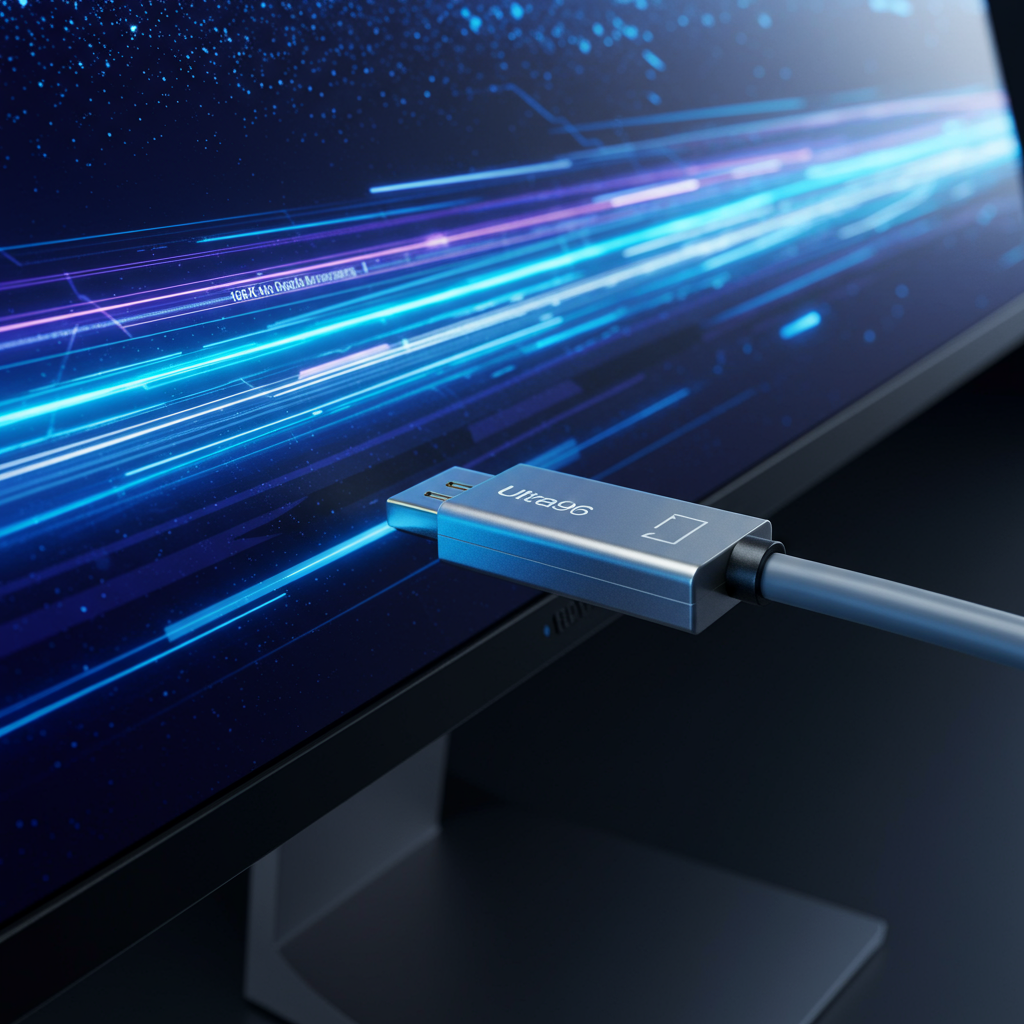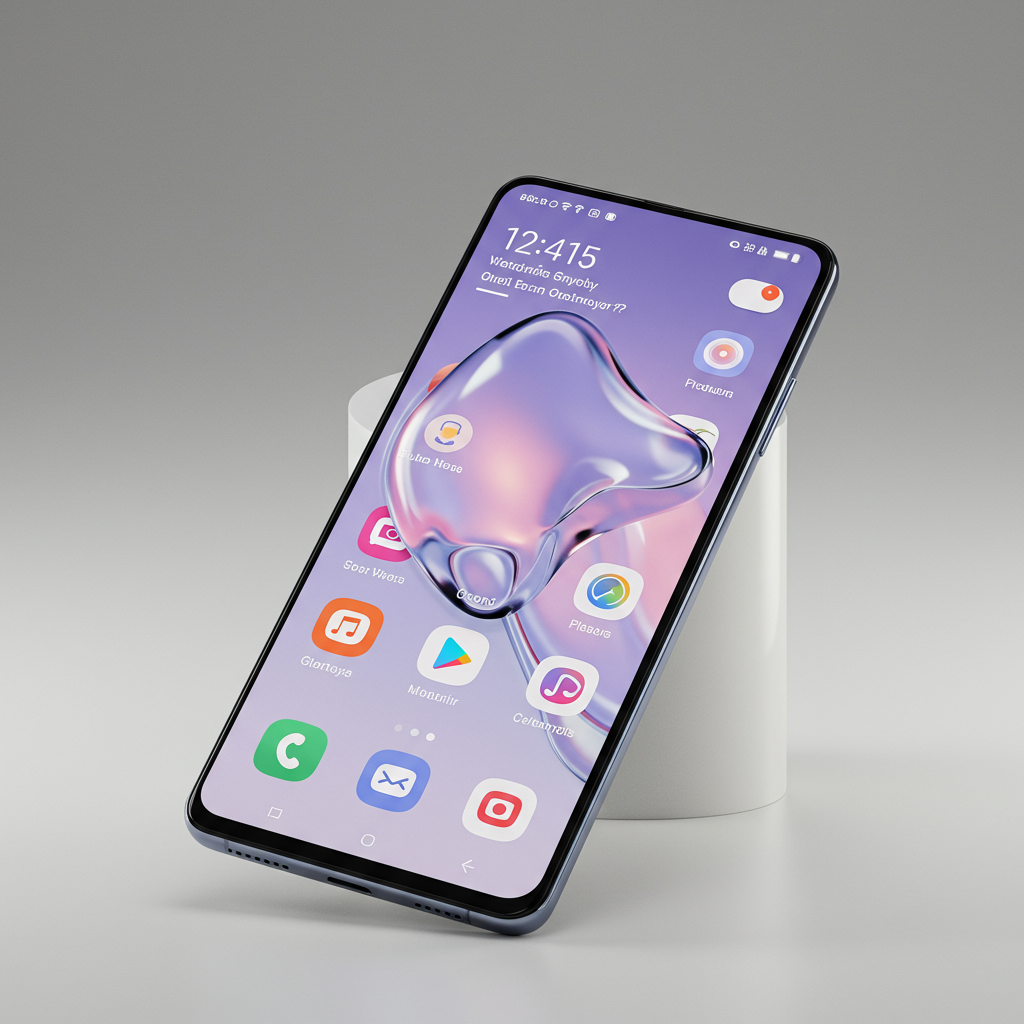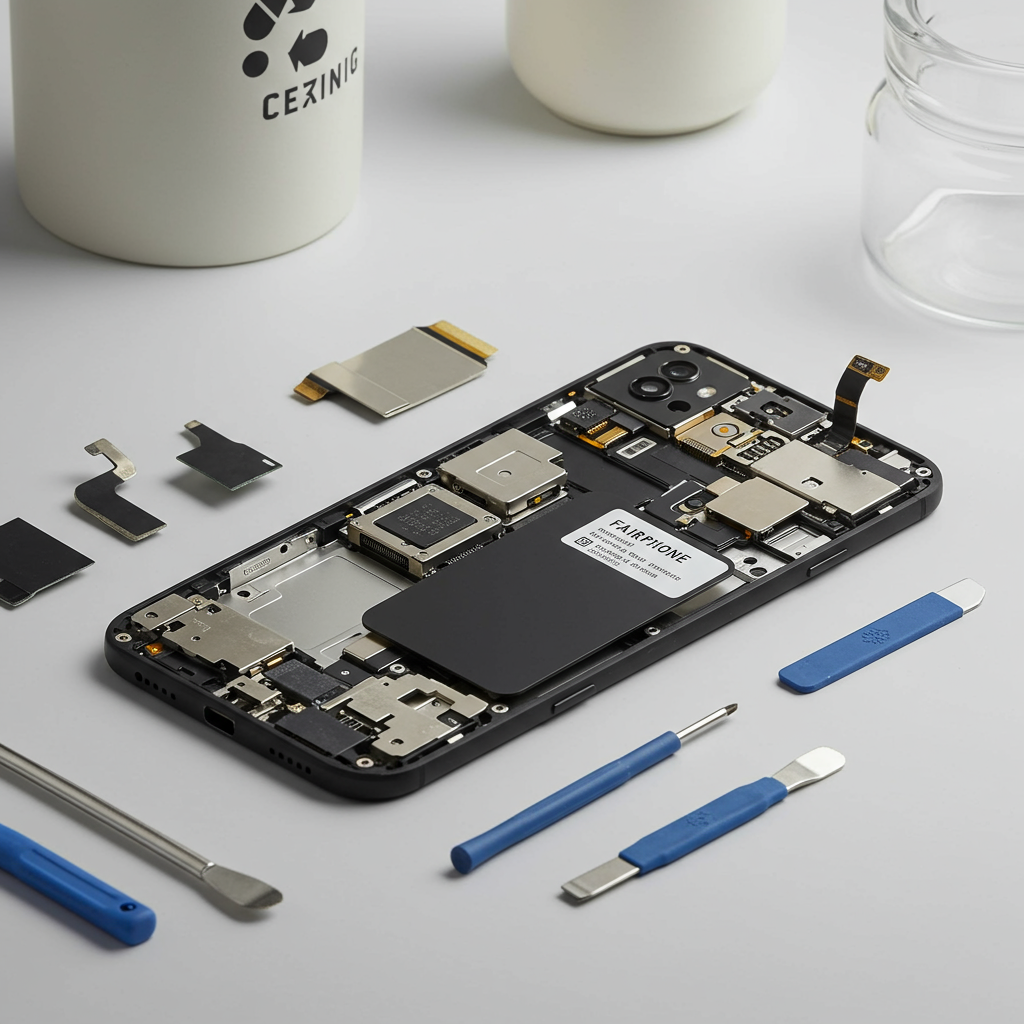The future of display connectivity is here. The HDMI Forum has officially finalized the specifications for HDMI 2.2, the next major iteration of the ubiquitous audio-video standard. Set to roll out in devices later this year and into 2026, this update brings a monumental leap in capability, primarily driven by a massive increase in bandwidth.
While previous standards like HDMI 2.1 were significant, HDMI 2.2 delivers the single largest bandwidth jump in the standard’s history by gigabits per second.
Doubled Bandwidth: The Core of HDMI 2.2
The standout feature of HDMI 2.2 is its dramatic increase in maximum bandwidth. The specification boosts the data rate from HDMI 2.1’s 48 Gbps all the way up to a staggering 96 Gbps. This effectively doubles the potential throughput for video, audio, and data.
This substantial increase not only keeps HDMI competitive but allows it to edge out rival standards like DisplayPort 2.1b, which currently maxes out at 80 Gbps. While there are emerging standards like China’s GPMI boasting even higher figures (up to 192 Gbps), HDMI 2.2 establishes itself as the leading mainstream interface in terms of raw bandwidth.
What 96 Gbps Unlocks: Higher Resolutions and Frame Rates
This massive bandwidth opens the door to previously unattainable levels of visual fidelity over a single cable:
Support for up to 16K resolution (at 60Hz, potentially with chroma subsampling depending on exact format).
Enables 12K resolution at 120Hz (also potentially with subsampling).
Crucially, allows for uncompressed 4K resolution at a super-smooth 240Hz refresh rate with up to 12-bit color depth.
Provides support for uncompressed 8K resolution at 60Hz.
When utilizing Display Stream Compression (DSC), the standard can support even higher configurations like 4K at up to 480Hz and 8K exceeding 120Hz, pushing boundaries for future high-refresh-rate displays and potential AR/VR applications.
Includes support for full chroma formats even at high specs, such as uncompressed 8K at 60Hz with 4:4:4 subsampling and 4K at 240Hz with 4:4:4 subsampling, ensuring maximum color accuracy.
The Need for New Cables: Introducing Ultra96
To guarantee consistent performance at these extreme data rates, HDMI 2.2 introduces a new mandatory cable standard: Ultra96 HDMI cables.
These cables are specifically designed and certified by the HDMI Forum to reliably handle the full 96 Gbps bandwidth. They will feature clear branding and certification markers (including labels and QR codes) to make them easy for consumers to identify.
It is vital to use a certified Ultra96 cable to experience the full capabilities of HDMI 2.2, such as uncompressed 8K/60Hz or 4K/240Hz. While devices may claim HDMI 2.2 compliance, achieving the maximum bandwidth requires the correct cable.
Beyond Bandwidth: Latency Indication Protocol (LIP)
HDMI 2.2 isn’t just about speed. It also adds a practical new feature called the Latency Indication Protocol (LIP). This protocol is designed to improve audio and video synchronization, particularly in complex home theater setups involving multiple components like AV receivers, sound bars, and displays. LIP aims to reduce irritating lip-sync issues, ensuring audio and video remain perfectly aligned.
Backwards Compatibility: Your Existing Gear Still Works
Thankfully, like previous versions, HDMI 2.2 is designed with backwards compatibility in mind. You can use a new Ultra96 cable with older HDMI devices (like an HDMI 2.0 or 2.1 TV), and it will function at the highest standard supported by the lowest common denominator device in the chain. Similarly, older HDMI cables can connect to new HDMI 2.2 ports, though they will be limited to the cable’s maximum supported bandwidth. This ensures you don’t need to upgrade your entire setup just for basic connectivity.
When to Expect HDMI 2.2 Devices
With the specifications finalized in June 2025, expect to see the first certified Ultra96 HDMI cables appearing on the market towards the end of 2025.
However, devices featuring the full HDMI 2.2 ports (like TVs, monitors, and graphics cards) are not anticipated until sometime in 2026, possibly even later, following the typical adoption cycle seen with previous HDMI versions like 2.1. Early rumors suggest AMD’s upcoming UDNA GPUs might be among the first adopters, though there’s speculation that initial consumer implementations could have limited bandwidth compared to the standard’s maximum.
While the immediate need for 96 Gbps in typical living room setups or even most current PC gaming scenarios might not be obvious today, HDMI 2.2 lays the groundwork for the next generation of ultra-high-resolution and high-refresh-rate displays, setting a new benchmark for connectivity standards.




